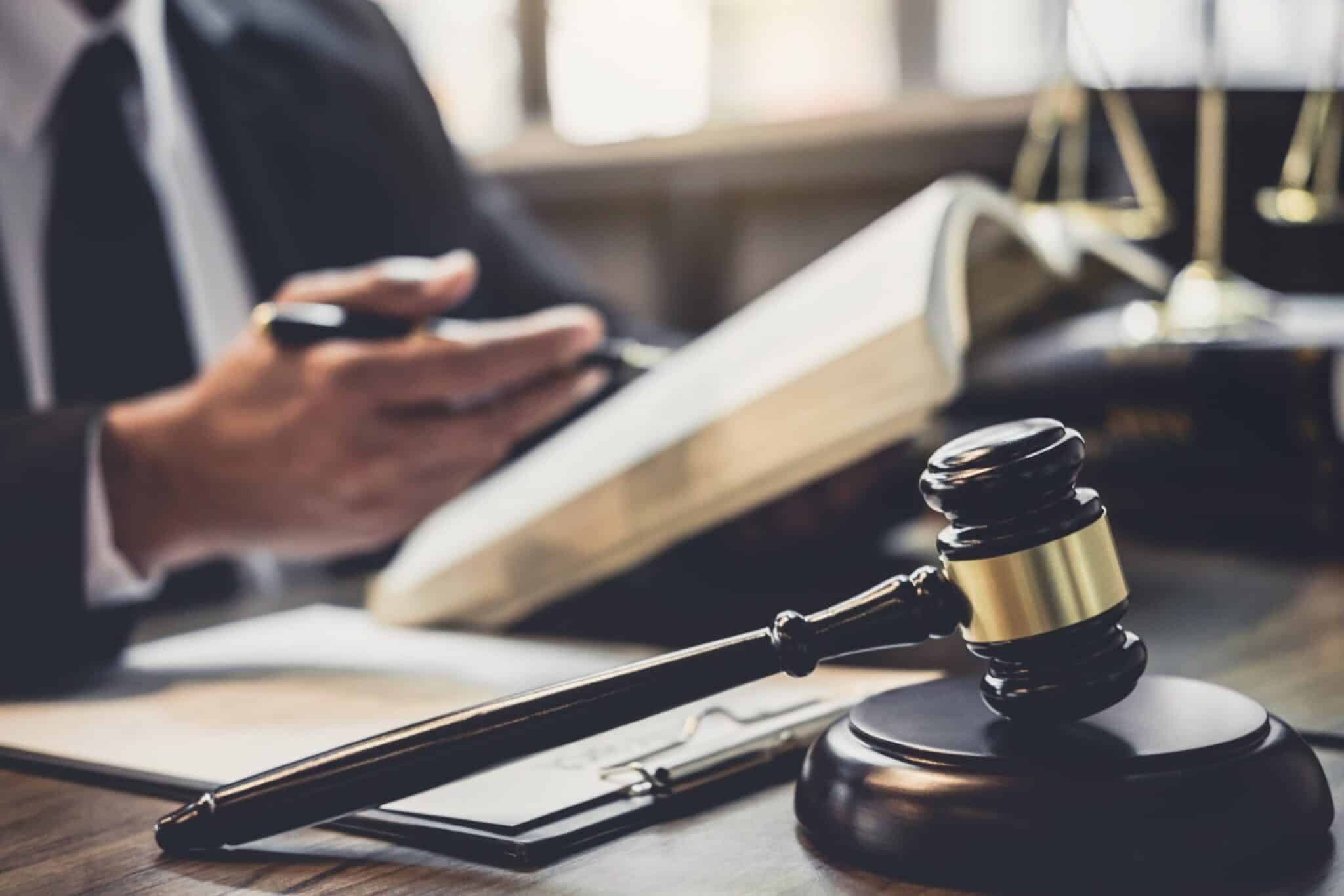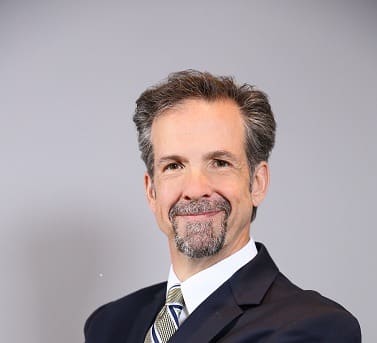Three Tips to Boost Your Baltimore Car Accident Settlement.

Legitimate Baltimore injury and accident claims do not need to be bolstered. However, common mistakes can jeopardize the case reaching its full financial potential. In this article, a long-time Baltimore injury and accident attorney offers some guidance and illustrative examples on pitfalls to avoid when pursuing an injury or accident claim.
Case Study: In this hypothetical Baltimore car accident scenario, Frank is at the bottom of E. Bound Eager St., at a stop sign. As he prepares to make the right onto Guilford Avenue, he is struck violently from behind with great force by the defendant, who would later state in an examination under oath that she was, in fact, talking on her cell phone, which she dropped, causing her attention to be momentarily shifted to the floor of the vehicle, rather than on the road in front of her. In this regard, the factual scenario sets out a rather common, but also rather obvious, case of negligent driving seen on Baltimore’s busy city streets. Frank sustains- not surprisingly -injuries to his neck and back. Medical evidence will later show that he also received or sustained a rather mild TBI, traumatic brain injury, or what used to be known colloquially as a concussion. At the scene of the accident, Frank gets out of his car, walks briskly to the defendant’s car, and asks if she is OK, he also states: “I’m sorry, as is typical in many rear-end, Baltimore automobile accidents. Frank does not experience immediate excruciating pain in his neck or his back. However, as the excitement of the event begins to dissipate, he does begin to experience numbness and tightness in the musculature of his neck and back. Frank works for a local car rental agency and has a job that requires him to be at a desk for about two hours a day, on his feet at a service counter for about four hours, and walking back and forth in between vehicles for about two hours. Frank wakes up the day after the accident and although his neck and back discomfort has increased substantially, he goes go to work. He does some quick online research and he’s satisfied the symptoms he is experiencing in his neck and his back will go away after a few days. Frank believes correctly that he was not at fault for causing the accident and realizes that he might have a legal claim arising from it. Frank does not, however, speak to an experienced Baltimore injury attorney in the days after the accident. After 11 days the discomfort in Frank’s neck and back has not gotten worse, but it has not gotten better and has reached a plateau of general stiffness, tightness, and loss of range of motion. Frank feels that they can no longer rely on what he reads on the Internet and decides to see his family doctor. His family doctor advises continued rest and over-the-counter anti-inflammatories. Unsatisfied, Frank is out of the care of a rehabilitation specialist near his home in Baltimore. Under this doctor’s care, he undergoes a course of physical therapy. After about four weeks, this restores most of the lost range of motion and function in his back and his neck. When Frank feels better, he ceases physical therapy treatments and does not go back to the doctor- as he feels, there is nothing further to be done.
This hypothetical case study is offered for illustrative in educational purposes only. In it, one can see the contours of a Baltimore personal injury lawsuit. Frank, the faultless victim in the case could not have been responsible for causing the accident-and liability seems clear. Frank has received medical treatment for his injuries and recuperated. He has sustained or incurred medical expenses and charges and experienced months of pain, discomfort, tightness, and loss of function in his neck and his back. The curious reader may inquire: “has Frank made any missteps that could potentially later come back to impact the value of his personal injury case? His case. Let’s examine three components of this scenario. Frank’s apology; Frank’s lack of prompt medical treatment; Frank’s cessation of medical care when he had recovered.
In this hypothetical case study, Frank later retains an experienced Baltimore personal injury lawyer, but only after his treatment is complete. His injury an accident lawyer promptly served a demand for settlement on the insurance company for the defendant. Although the insurance company does not deny the claim in the typical sense, they quickly began the common dialogue of minimization. The claims adjuster points out, in typical fashion, that it was a “low property damage” case that involved only “soft tissue injuries” . This, the adjuster explains means that the insurance company is not going to voluntarily pay a lot of money on this accident, but he goes on to say there are other problems with the case. The claims adjuster contains that his insured has stated that Frank might’ve been backing up at the time of the accident, thereby causing or contributing to it. In support of this contention, he notes that Frank apologized at the scene. Although Frank’s examination under oath testimony would later reveal that he only meant he was “sorry that the accident happened not that he caused it.” The claims adjuster goes on to state Frank did not receive care in the immediate aftermath of the accident, and that is some evidence that he was either not hurt or not seriously hurt. And- finally- the claims adjuster notes that Frank didn’t even return to his doctor for a final visit and stopped therapy abruptly without a medical discharge. This was further evidence that Frank was not hurt or not seriously hurt.
Frank had three opportunities to improve the overall posture of his personal injury claim resulting from this Baltimore car accident scenario. As his Baltimore personal injury lawyer would have no doubt advised, indeed, as his own insurance company advised: Don’t apologize at the scene of the accident. Even well-meaning apologies can be misconstrued. It’s best, in my opinion, to simply verify that the other involved motorist is OK, then go about the business of collecting their information. As seen in the example Frank’s words were misconstrued, twisted, and ultimately used against him. Frank moreover, did what many of us would do when faced with physical discomfort, illness or loss of back function. That is to give it a couple of days of mother nature and father time. When dealing with the traumatic effects of a Baltimore car accident on the muscles, ligaments and tendons in the back and neck, such delay may be counterproductive. The common steady and unfaltering advice from this injury and accident lawyer is that if you think you’ve been injured, be promptly evaluated by a medical professional of your choosing. Finally, Frank did what many of us would do. When his body had improved to the point that he felt he could no longer benefit from ongoing therapy, he simply stopped going. On the face of it, this would make some sense. End care, medical expenses, and charges for treatment if it is no longer providing the desired benefit. However, Frank’s decision to unilaterally end his care without being discharged by a doctor could operate against him. As the claims adjuster has pointed out, Frank, abruptly stopped going to his medical appointments. The savvy claims adjuster argues that this is just further evidence that Frank was simply going to treatment in order to manufacture a Baltimore personal injury claim, and not because of any real injury. The advice here is equally consistent and unfaltering. It is no doubt great and welcome news for all involved when a point of maximum recuperation or maximum medical benefit or maximum medical improvement has been reached in the wake of an injury-causing event. It makes sense to have that sensation confirmed by a medical professional and indeed, Frank saw the consequences of what might occur when that final medical discharge is not given by the doctor. Ultimately, in this hypothetical Baltimore car accident and personal injury claim, none of Frank’s actions were such that his claim was irreparably compromised. It was after all a relatively clear rear-end accident with injuries. However, at his Baltimore, personal injury, District Court trial, the judge hearing the case, agreed with the defense counsel, who argued vehemently and strenuously that Frank waited 10 days before seeing a doctor and didn’t follow that doctor’s instructions through the discharge. The Baltimore personal injury defense attorney also argues that this failure is evidence that either Frank wasn’t hurt, or, that if Frank was hurt, his injuries were simply not that serious. He went on that if they were, he would’ve followed his medical advice promptly and to the letter. The Baltimore City District Court judge hearing the case further agrees in part with his line of argument. Indeed, this judge finds that some of the treatment Frank received should not be subject to reimbursement, and in effect cuts the value of his claim, by denying reimbursement, by several hundred dollars. Frank is chagrined. He feels that he did everything right. He waited until he could no longer stand it, and only then sought out medical care moreover, when he perceived that he had gotten better, he simply stopped going to avoid additional costs. While his actions seem common sense and reasonable in the arena of Baltimore personal injury litigation such decisions can be characterized as mistakes that impact the value of a personal injury case.



